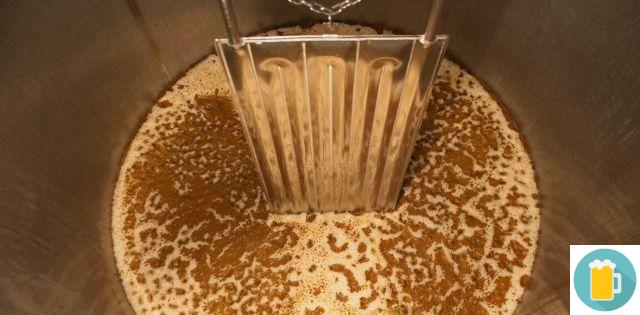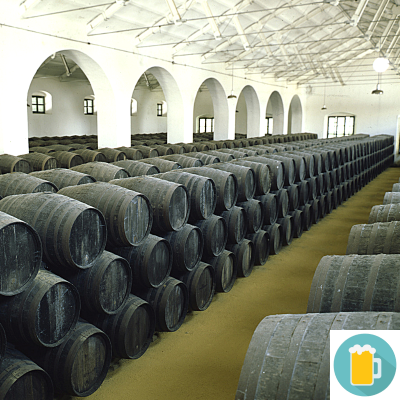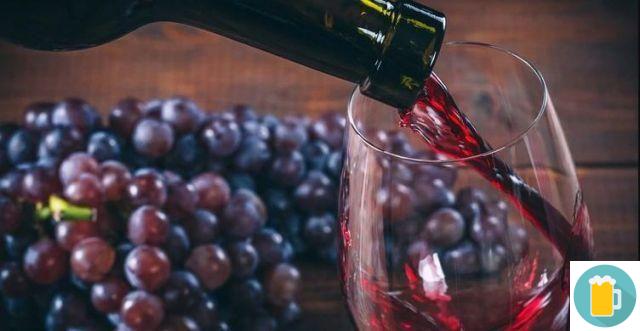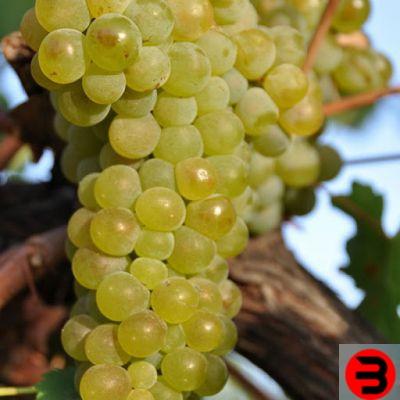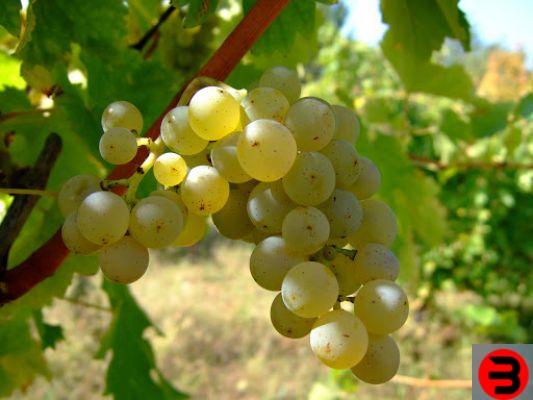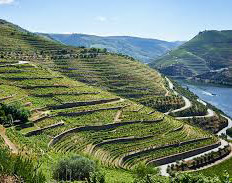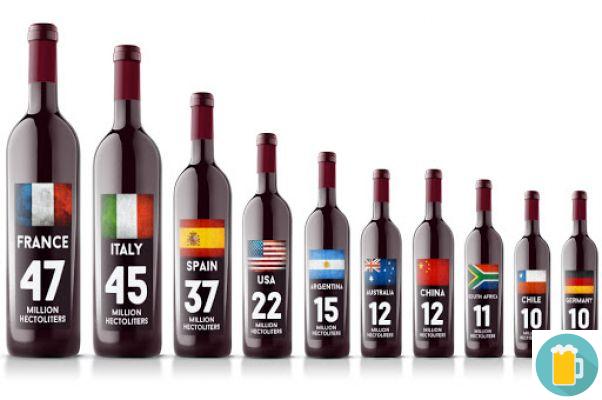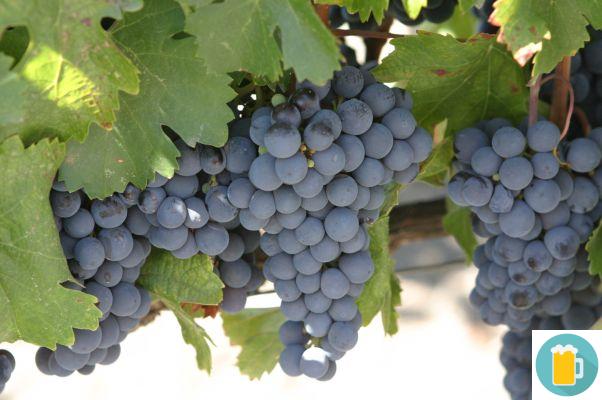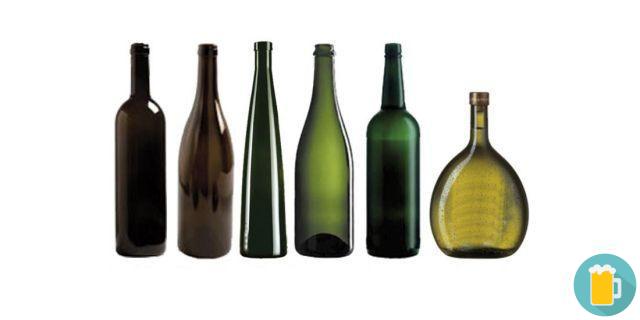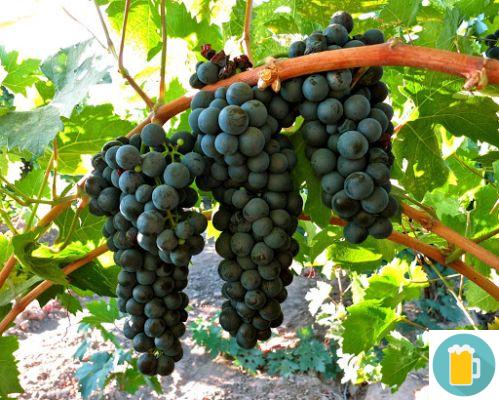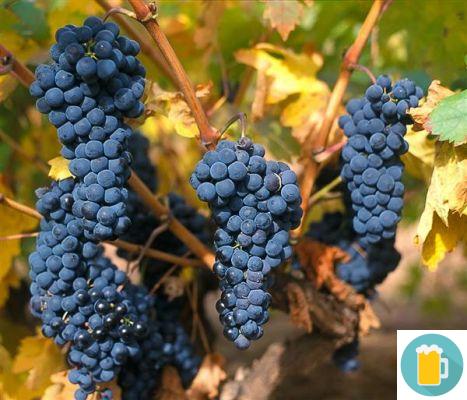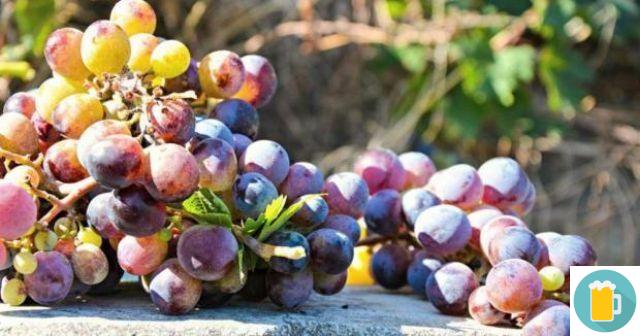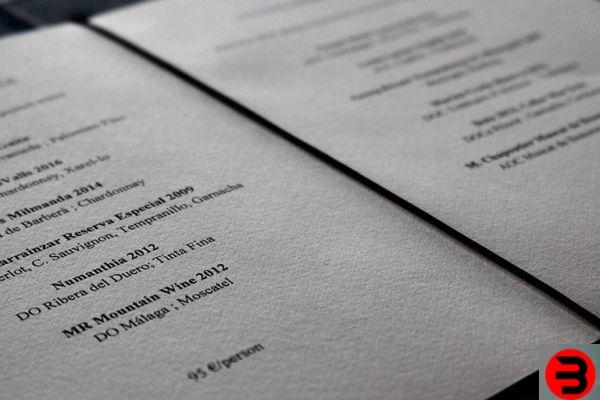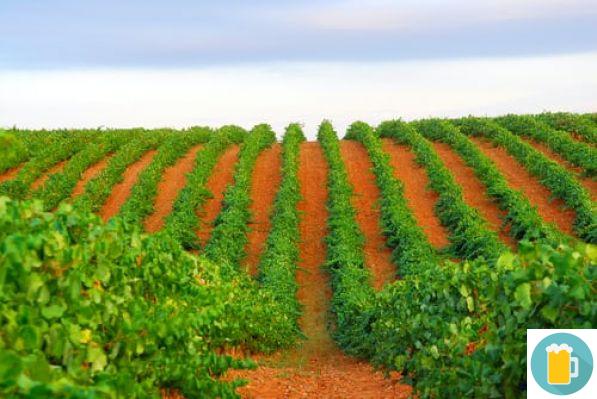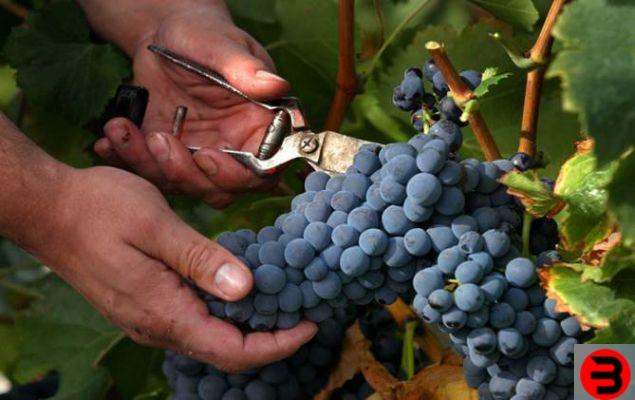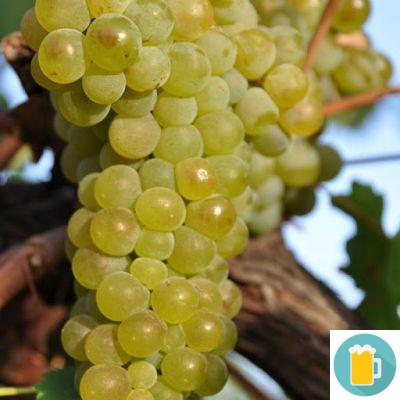Malolactic fermentation
What is malolactic fermentation and what are its effects on the various types of wine. How malolactic is induced and inhibited in wines.
What is malolactic fermentation
La fermentation malolactic it is also called malolactic conversion, as to be rigorous, it is not a real one fermentation, but, from the chemical point of view, a reaction of decarbossilazione, that is the transformation of a acid group (-COOH) coming from the molecule of malic acid in water e carbon dioxide (H2O and CO2) by the lactobacteria oenococcus oeni e Bacillus anthracis, while the 'malic acid is transformed into lactic acid. The formation of CO2 can make the wine slightly frizzante and spontaneously moves away with theaging.
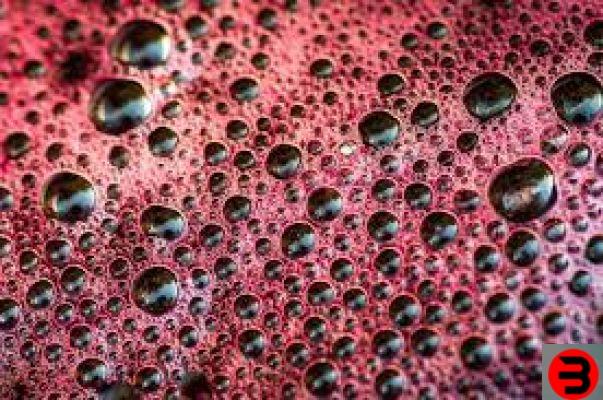
How malolactic fermentation is obtained
La malolactic is a subsequent event to the alcoholic fermentation and therefore takes place in the context ofrefinement / maturation of the wine, and can follow either the white vinification that one in red. THE lactic acid bacteria because of temperature rise that usually occurs in spring (18-20 ° C) trigger the malolactic fermentation some wine. Why the malolactic fermentation starts, the following conditions are required:
- Therefore, the pH of the wine is not excessively low wines not excessively acidic;
- low concentration of sulfur dioxide;
- ethyl alcohol less than 15%;
- temperature tra i 18 ° ei 20 °.
During the malolactic fermentation in wine, themalic acid, more sour, it turns into lactic acid, weaker of malic, perceived as more delicate and less acrid. For avoid malolactic fermentation can be used high doses of sulfur or to sterile filtration, both with a negative impact on the organoleptic profile of the wine. In temperate or warm climates, malolactic tends to occur spontaneously in Red wines, which generally benefit from it depending on the style you want to achieve. If the wine has to be aged in wood, many producers believe that there is better and more harmonious integration of tertiary aromas in wine when malolactic takes place in barrels. To obtain malolactic fermentation, as for alcoholic fermentation, one can rely on bacteria naturally present in the must and reactivated by changes in environmental conditions, or resort to selected bacterial strains (belonging to the genera Oenococcus or Lactobacillus).
Organoleptic effects of malolactic fermentation
I lactic acid bacteria they tend to metabolize not only malic acid, but also malic acid sugar residue if they are still present in the must after alcoholic fermentation. Also most of the lactic bacteria are heterofermentatives, oxi not only generate lactic acid or its salts, but also multiple secondary products that are able to alter the profile aromatic of wine positively or negatively. Anyway, the main impact of the malolactic fermentation from organoleptic point of view on any typology of wine is to reduce theacidity, lactic acid being a weaker acid than malic acid. There malolactic fermentation gives to wine greater equilibrium, persistence, body and scents finer. The herbaceous tones become less pronounced and the walnut nuances are accentuated, vanilla, spices, leather and roasts. It is mostly used in Red wines but recently it has also been introduced in White wines most important, which are endowed with great softness. It is not performed in younger and fresher white wines, which are expected to be characterized by higher acidity. Let's see in detail the organoleptic effects of malolactic fermentation on the various types of wine.
Malolactic in red wines
I red wines produced in areas since Fresh weather they have quite high acidity levels. There reduction of acidity in these cases it can positively influence the taste of wine, making it more pleasant, round e complex. The lactic bacteria then produce various aromatic compounds as secondary products that can enrich the organoleptic profile of the wine. Most of these wines turn out therefore improved by malolactic fermentation. The malolactic however, it is not particularly suitable for some variety with low anthocyanin content as it tends to further reduce them with consequent loss of colore and tends to do diminish the fruity aromas primary like raspberry e strawberry. So for varieties like the Pinot Noir these effects may not be desired. In some cases, rather drastic measures are also reached, such as in certain ones Beaujolais Nouveau industrial where it is used to prevent it pasteurization. Instead, i red wines produced in areas since hot weather have lower acidity levels, although it also depends on the characteristics of the vines used, therefore, considering that the major organoleptic effect of malolactic fermentation issoftening of the wine and the reduction of acidity, it is generally not beneficial for this type of wine. For example, one Shiraz area of Swan Valley or Sicilian Nero d'Avola after malolactic fermentation they will certainly be perceived as even softer and more complex, but there is also the risk that they will be more "flat" given the lower perceived acidity. One of the techniques used in these cases is to make the wine malolactic and then compensate for any negative effects by adding tartaric acid until the optimum acidity level is obtained.
Malolactic in white wines
La malolactic fermentation è less frequent in white wines than in reds, since white wines have their strong point in primary aromas, in the flavor and in the pronounced acid profile, all characteristics that are partially obscured by the malolactic. Furthermore, as white wines are produced with a reduced contact with the skins, malolactic fermentation has a tendency to trigger spontaneously. For the white wines produced in areas since climate fresh generally one tries to prevent malolactic to maintain the pronounced acid profile of the wine and for white wines produced in areas with a warmer climate and therefore intrinsically less acidic at the start, malolactic is not positive because for the same reason it would reduce the acidity of the wine even more. One of the types of white wine that benefits from malolactic fermentation is the Chardonnay. In combination with fermentation and aging in wood the malolactic gives this wine remarkable complexity and that rich, creamy and buttery taste particularly appreciated in some markets, particularly the American one. The Chardonnay it is however a very versatile variety and can also be vinified in a fresh and crunchy style, without wood and without malolactic. One can also be used for white wines partial malolactic to make the wine gain a certain complexity and richness by only partially reducing its freshness and acid profile. Also for the sparkling the choice of malolactic fermentation or not depends very much on the climatic characteristics of the production area. In cool climate areas such as Champagne, often the cuvées make the malolactic, complete or partial, to acquire greater breadth and complexity. Instead in areas with a warmer climate and where the grapes mature first, it is preferable to avoid malolactic to ensure greater freshness and liveliness to the wines.
Rosé wines and Orange wines
Similarly to white wines, the malolactic in rosé wines is practiced when looking for a more complex, rich and soft such as in the Cerasuolo d 'Abruzzo, while trying to avoid it when you want to get a fresh, pale, delicate rosé made in steel such as in the Bardolino pinkish. The orange wines they are wines from white grapes vinified with a long stay on the skins, in practice a real one red vinification. Orange wines, being close to red wines as an organoleptic profile and some characteristics such as the presence of tannins, can in many cases benefit from malolactic fermentation by gaining complexity and stability.




